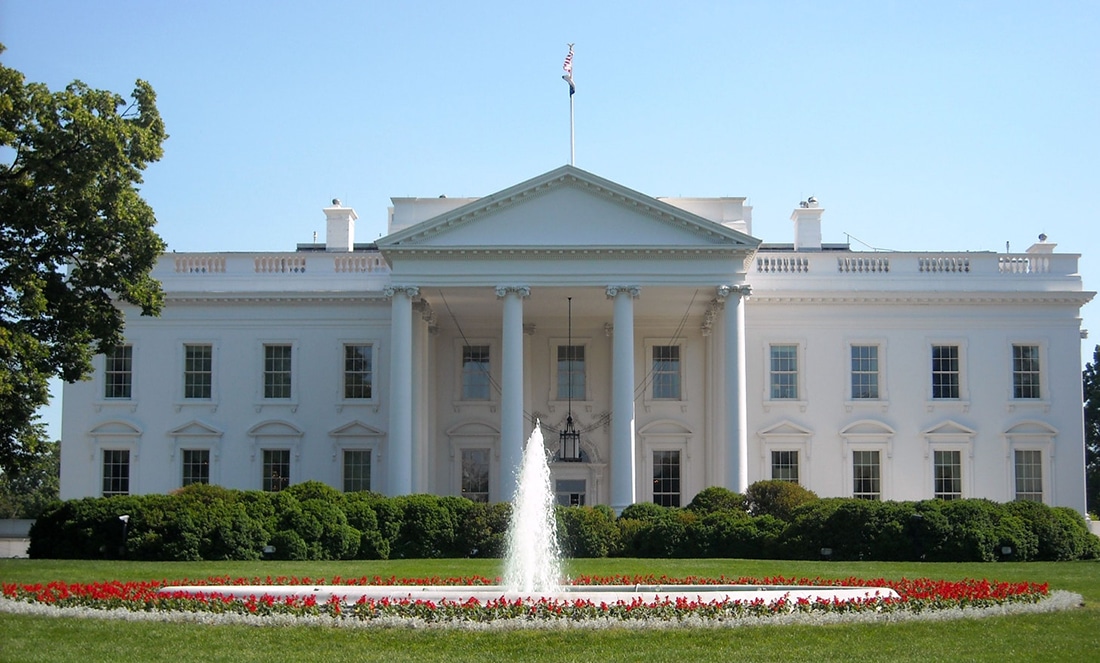

Enemies of the People: privatising power
by Paul Cudenec | Aug 10, 2023
The Rothschild banking and industrial dynasty has long used financial leverage to exercise control over governments and thus facilitate massive transfers of public wealth into private hands, I explain in this latest excerpt from the essay Enemies of the People: the Rothschilds and their corrupt global empire, part of my 2023 book The Great Racket: the ongoing development of the criminal global system.
Probably the most important infrastructure over which the Rothschilds have been able to seize control is that of governance and what used to be the public sector.
That much was already evident more than a century ago, in 1909, when future British Prime Minister David Lloyd George, in his earlier radical phase, asked: “Now, really, I should l like to know, is Lord Rothschild the dictator of this country?” [197]
The Rothschilds’ deliberate targeting of governments can, like their control of individual politicians, be traced back to patriarch Mayer Amschel Rothschild’s hard-nosed business rules.
He told his sons: “It is better to deal with a government in difficulties than with one that has luck on its side”. [198]

A country with financial problems was “a natural target for Rothschild financial penetration”, [199] says historian Niall Ferguson. As we have seen, expensive wars create governments in need of loans, and so do sustainably endless waves of costly infrastructure “development”.
Governments crippled with debt also find themselves “in difficulties” and thus in aid of further “help” from those brought them to that point.
Economic historian Jean Bouvier says the first “direct” loan by the Rothschilds to a government, that is to say with their own money, was to Denmark in 1810. [200]
The creation of Greece and Belgium as new states was literally underwritten by Rothschild finance in the forms of loans guaranteed by the great powers and floated by the family. [201]
And Ferguson writes that by the end of the 1850s “the Rothschilds had reaffirmed their position as Europe’s pre-eminent lender to governments. Britain, France, Turkey, Austria and Prussia had all issued bonds through one or more of the Rothschild houses”. [202]
In the 12 years from 1895 to 1907 alone, it is estimated that the Rothschilds loaned nearly $450,000,000 ($13,350,000,000 adjusted to inflation in 2022) to European governments. [203]

In France, following defeat against Prussia the Rothschilds were involved in a series of massive loans to the government, as well as to the city of Paris: Bouvier estimates that the profit they made from these loans in 1871 and 1872 alone was in the order of 75 million francs. [204]
Debts provide financiers not just with profit, but also with control. Ferguson notes: “A government that did not borrow money was a government the Rothschilds could advise, but not pressurise”. [205]
Thus the family maintained what he describes as “a unique influence over French foreign policy and European international relations in general”. [206]
Governments which declined to submit to this unique influence could easily be taught the error of their ways.

An interesting example is what happened when Léon Gambetta (pictured) became Prime Minister of France in November 1881.
Alphonse de Rothschild assembled tame journalists in December to warn them that Gambetta aimed to tamper with government bonds with which the Rothschilds were involved and to embark on some kind of railway nationalisation. He told them: “I want an all-out campaign; it is necessary to demolish Gambetta before he demolishes us”. [207]
The increasingly beleaguered Gambetta was forced to resign the very next month, January 1882, after a disastrous collapse on the stock exchange.
The police chief in Paris took an interest in these goings-on, noting that “it is generally admitted that Monsieur Rothschild dominates the market”. [208]
In the post-Gambetta administration the new finance minister was Léon Say, the “Rothschild man” I have already mentioned. Not only was the rail nationalisation idea dropped, but in 1883 the position of the big rail companies was even legally consolidated. [209]

The Rothschilds were early enthusiasts for the public-private partnership agenda later favoured by such luminaries as Benito Mussolini, Adolf Hitler and Klaus Schwab (pictured).
As such, the idea of privatising assets previously owned by the state has long appealed to them and they were suggesting the sell-off of railways as a way for European states to raise cash as early as 1865. [210]
But in the UK in the 1980s privatisation became, as Ferguson details, “one of the bank’s most important areas of activity”. [211]
He identifies this involvement as beginning with Victor Rothschild’s role as the head of Prime Minister Edward Heath’s Central Policy Review Staff “think tank” between 1970 and 1973.
“This may partly explain why in July 1971 the Heath government entrusted N.M. Rothschild with the sale of the Industrial Reorganisation Corporation”. [212]
Then in August 1976 Miles Emley was seconded from the Rothschilds’ bank to advise Labour Party minister Tony Benn as the Department of Energy began to sell its stakes in the North Sea oil fields. [213]
But privatisation really took off under the premiership of Margaret Thatcher.

One of the main architects of the programme was John Redwood, who set out the agenda in his 1980 book Public Enterprise in Crisis.
He was working at the time for the N.M. Rothschild Equity Research Team and, though he left to join Mrs Thatcher’s Downing Street Policy Unit in 1983, he returned to the Rothschilds three years later as director of overseas privatisation.
Ferguson writes: “He and Michael Richardson, who joined N.M. Rothschild from the stockbrokers Cazenove in 1981, can (and do) claim much of the credit for turning the idea of privatisation into a political reality, though the firm’s involvement predated their arrival”. [214]

An obituary of Evelyn de Rothschild (pictured) sheds more light on this period: “His friendship with Margaret Thatcher – British prime minister from 1979 to 1990 – helped the bank win the job of lead underwriter in the sales of shares in state-owned companies such as British Gas Plc and British Petroleum Plc”. [215]
Ferguson relates that in February 1982 N.M. Rothschild handled the sell-off of high technology company Amersham International – “the first time a wholly government-owned concern had been floated on the stock market” [216] – and during the BNOC (Britoil) sale in that same year “it did not go unnoticed that the head of Britoil was a former N.M. Rothschild director (Philip Shelbourne)”. [217]
N.M. Rothschild scored what Ferguson describes as its “biggest success” in this context when it won the contract in 1986 to advise British Gas on its £6 billion sell-off, famously advertised as some kind of move towards a share-owning democracy. [218]
The firm’s interventions did not entirely escape criticism and it was taken to task by the National Audit Office for advising the government to sell the Royal Ordinance to British Aerospace in 1985 at a bargain price. [219]
But its role continued and it was also involved in the sell-offs of BP, as we have seen, and of British Steel, British Coal, the twelve regional electricity boards and ten water authorities. [220]

Ferguson writes that it is “inconceivable” that a programme as drastic as privatisation could have been implemented without close contact between the government and the City – and in particular with the Rothschild HQ at New Court (pictured).
“After Margaret Thatcher’s deposition in 1990, political support for the Conservative government dwindled rapidly; and the links between New Court and Westminster inevitably became the target of fresh Opposition criticism”. [221]
In the post-1992 administration, not only Redwood but also Chancellor Norman Lamont and junior minister Tony Nelson were former N.M. Rothschild employees, he notes.
“But it was the appointment of former ministers (and senior civil servants) to positions at New Court which prompted the most public comment”. [222]
Peter Walker, the former Secretary of State for Wales, became a non-executive director of the bank’s Welsh subsidiary and of Smith New Court, Norman Lamont joined the N.M. Rothschild board after being replaced as Chancellor in 1993 and so did Lord Wakeham, the former Energy Secretary who had earlier commissioned N.M. Rothschild to assess the viability (and potential for privatisation) of British Coal. [223]

The Rothschilds have subsequently been involved in the privatisation of British Rail and Northern Ireland Electricity, and advised the British government on the sale of housing association loans and student loans. [224]
And their enabling of privatisation has not been confined to Britain: in 1988 alone, the bank handled eleven privatisations in eight different countries. [225]
In 1996-7 it advised the Brazilian government on the sale of its stake in the Companhia Vale do Rio Doce iron ore mines, Zambia on the privatisation of its copper industry and Germany on the £6 billion flotation of Deutsche Telekom. It later did the same thing for the Australian Telstra. [226]
What all this amounted to, says Ferguson, was a manoeuvre of historical proportions, an “immense transfer of assets from the public to the private sector”. [227].




